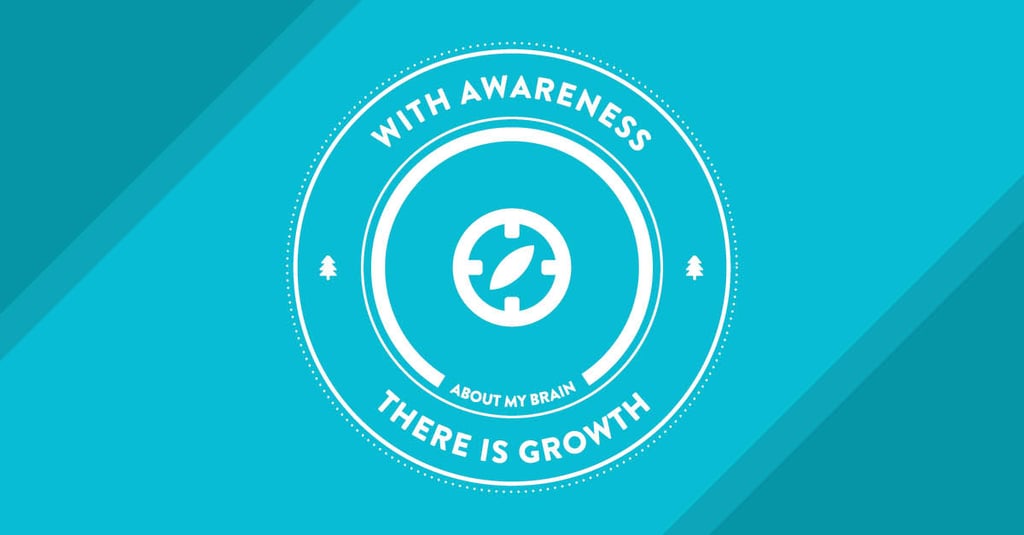
In a world of open-plan workspaces, headphones and café meetings where everyone is ‘heads down’ in their device, it’s easy for our awareness levels to drop. Learning to pay attention, observe and understand the impact of our reactions, strengths and weaknesses, can significantly influence the way we respond to others.
One of the most important measurements we can undertake as leaders is a 360° feedback assessment, which is the alignment between how we self-rate the way we show up and how others experience us.
This is about awareness – or the absence of it. Significant gaps, either positive (where we perceive ourselves to show up better than we do), or negative (where we under-rate ourselves), often speak volumes as to how we are likely to be lead – both ourselves and others.
Whether you want to explore how you see yourself or gain a more objective view of your capabilities by seeking feedback from others, our  can help!
can help!
Neuroscientists investigating consciousness are concluding that our awareness emerges when information travels back and forth between different brain areas and is not just restricted to the frontal lobes.
In fast-changing times, heightening our awareness is fundamental to maximising our personal effectiveness and ability to persuade and lead others.
It’s time to get our heads up!

Awareness is one of the 16 pillars of the i4 Neuroleader Model. It sits within the competency of Agility. As I unpack in the ‘Agility’ post, the 4 pillars are:
Awareness refers to the ability to perceive and become conscious of one’s inner world, while also noticing what takes place in our external environment.
Being ‘mindful’ means to be aware of our present thoughts, emotions and actions. Developing this capacity increases the ability to manage our emotional state and to be more effective.
Mindfulness can have a bit of a ‘woo-woo’ reputation, but that is to misunderstand it. It’s the result, not the means of achieving it that matters. Neuroscience now proves that mindful-meditation can improve our ability to be more present, to have better self-control, reduce stress and boost short-term memory.
These can also be achieved through a fast-expanding array of wearable devices like Muse, linked to app-based programmes, that help us to achieve a focused, mindful state. For leaders, calming and focusing our brain (and the brains of those around us) is critical in today’s stressful environments. Research shows that we can improve our wellbeing and effectiveness by taking a few minutes each day to practice mindful meditation (or use a device).
In the same way as Fitbits and other wearables that monitor activity and heart-rate are now commonplace, neuro-wearables such as Muse are an increasingly important leadership tool.
Seeking feedback is as simple as asking others to describe how they see us. This is an easy and obvious way to gain insights that we otherwise might miss. It can also affirm what we are doing well or badly and how we are impacting others. These are all important pieces of information that we can use to enhance our performance.
As leaders we can become reluctant to seek feedback. A distinguishing factor of many performance frameworks is that feedback is one-way and top-down. We are missing out. When feedback is framed properly (and not through a negative or critical lens) people have the opportunity to improve their understanding of themselves and how others perceive them.
We are used to the idea of elite athletes having continual feedback from specialist coaches, yet are reluctant to do the same for ourselves. If we are to become elite leaders, getting comfortable with great feedback is pivotal.
As leadership experts Jim Trinka & Les Wallace, wrote in ‘A Legacy of 21st Century Leadership’:
Feedback is a gift. Ideas are the currency of our next success. Let people see you value both feedback and ideas.
Many performance gains are made on the edges. Peripheral vision refers to the ability to see objects and movement outside of our direct line of vision and is an edge that most of us under-appreciate or exploit. It provides us with important information from our environment that we are often unaware of. With practise however, we are able to uncover the hidden value.
As leaders we know that non-verbal language makes up over 80% of communication. Words represent only a small part of the message. By being alive to what our peripheral vision is telling us in terms of body language, expressions, sub-conversations and groupings, we can glean a much better picture of what’s really going on.
How is our message really landing? What are people thinking and feeling? Why are they saying one thing and indicating another (and what must we do to counter?)
There is a mass of data that can help us and that also helps our intuition. We know it’s there – we just need to realise its value and be more attuned to make sure we are getting the whole picture.
These Stories on i4 Neuroleader Methodology

Mark Hodgson comes from an international corporate leadership background. He is one of our i4 Partners and runs his own leadership practise. A natural disruptor, he helps executives and consultants to position themselves as leading influencers. He also volunteers as a Telephone Crisis Support worker for Lifeline.
Mark is an Executive Coach, keynote Speaker and the Author. His first book is: ‘Time to Shine: Adapting who you are and what you know to succeed in the ideas economy’.
Monday to Friday
9:00am - 5:00pm (AEST)
Sydney, Australia
We reply within 48 hours!
General Business Enquiries:
hello@aboutmybrain.com
Technical Support:
support@aboutmybrain.com
No Comments Yet
Let us know what you think